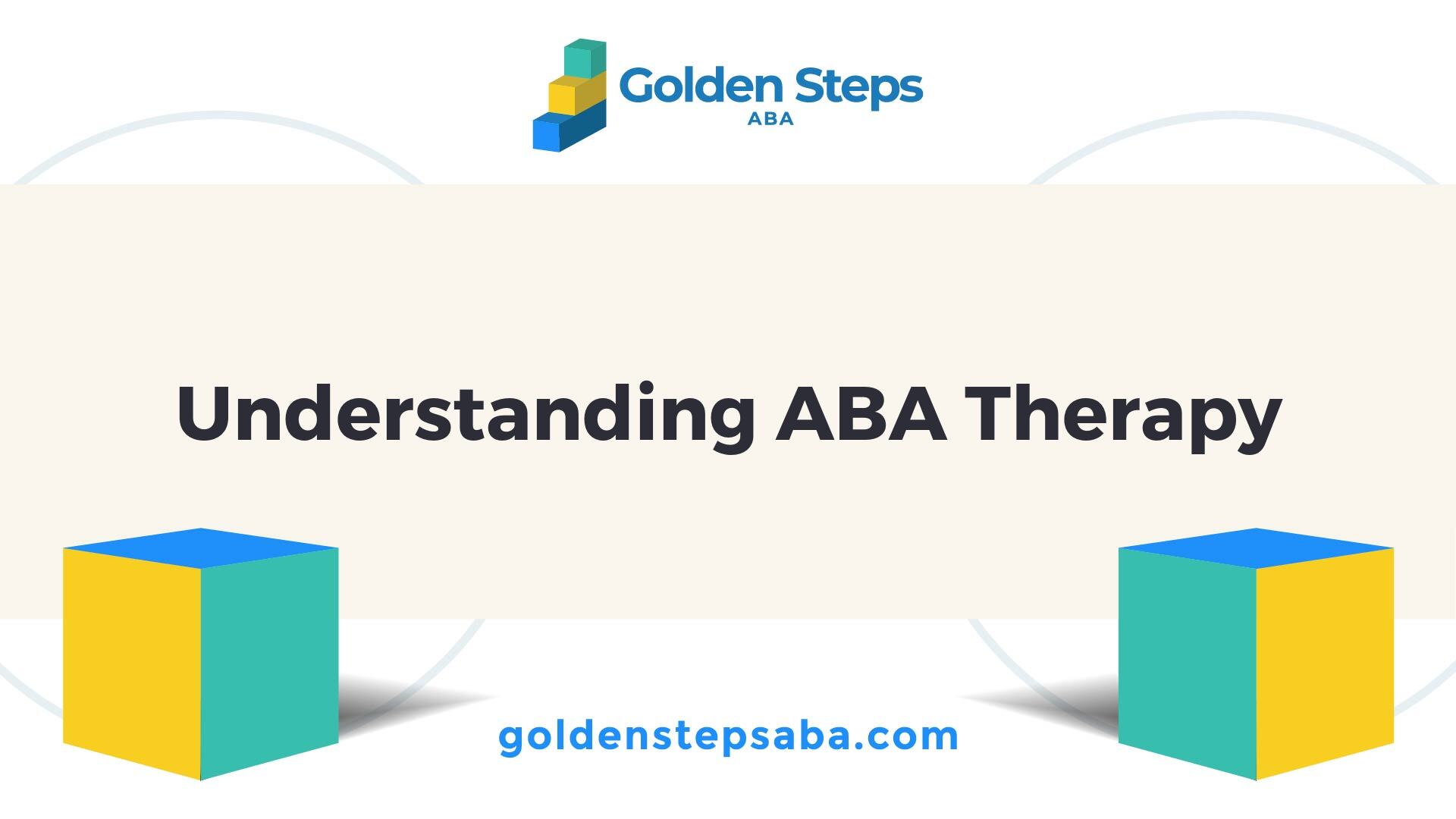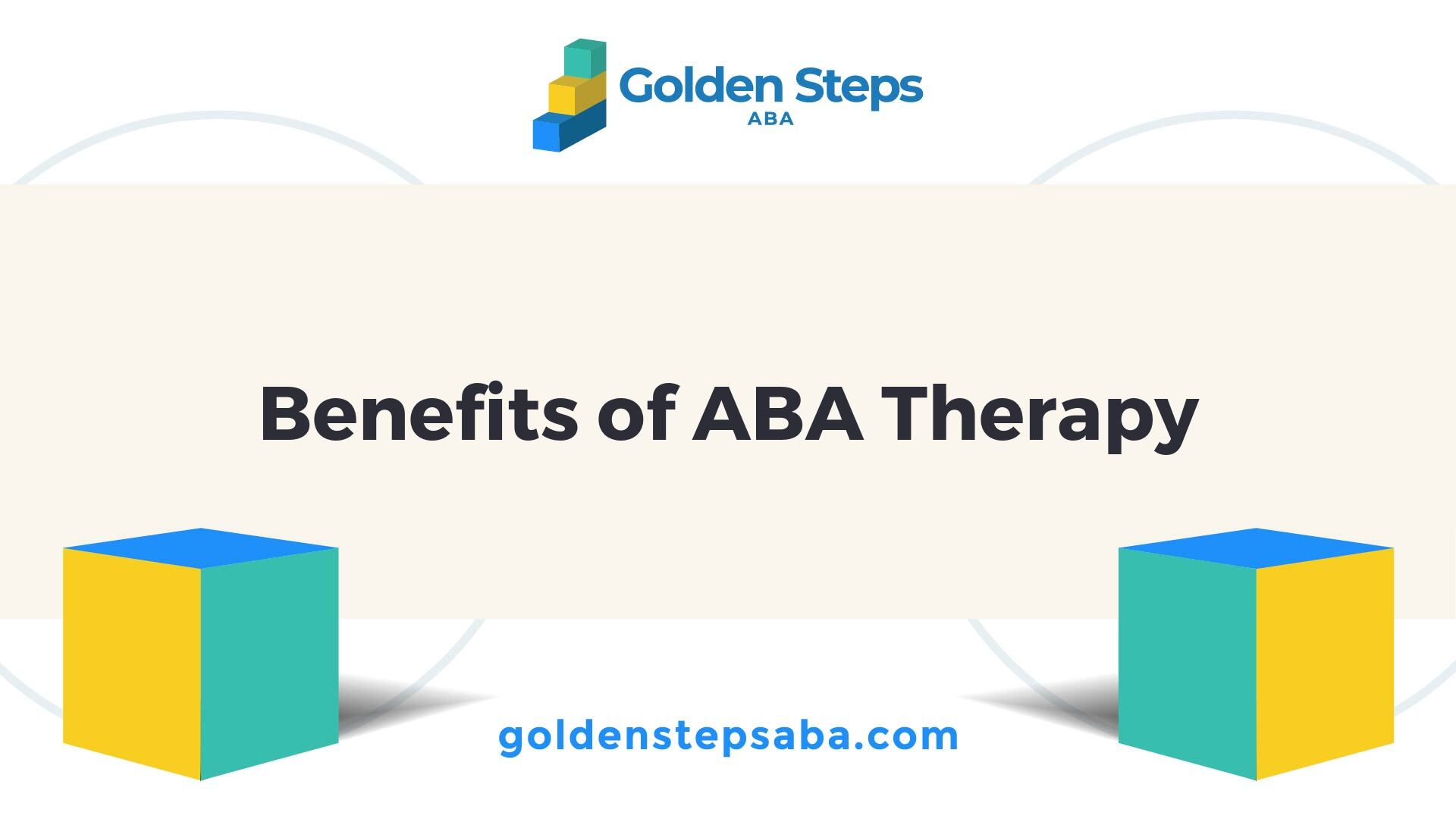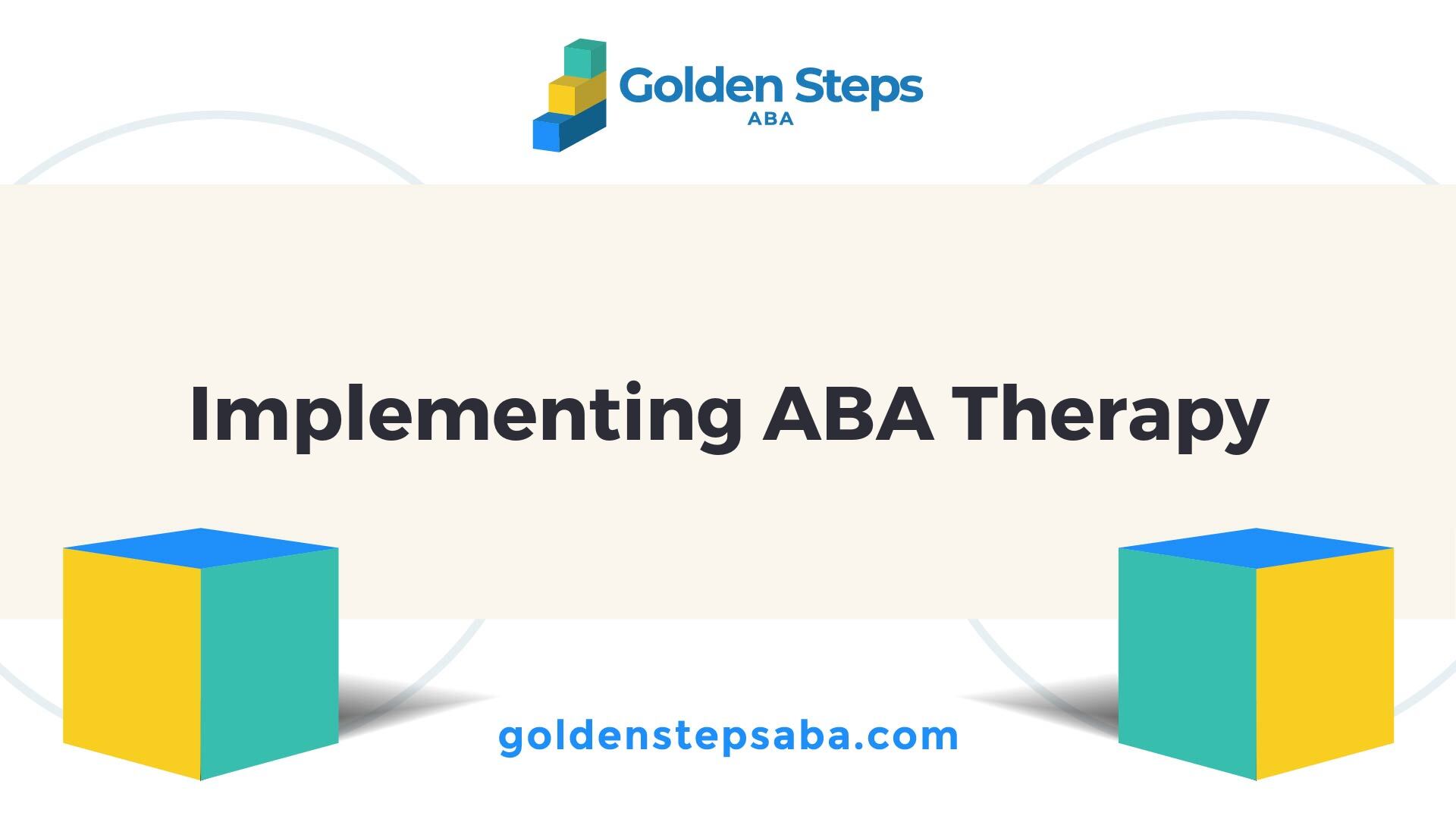Understanding ABA Therapy

History and Evolution
ABA therapy, or Applied Behavior Analysis, has its roots dating back to the 1960s. It was developed as a method to assist children with autism and related developmental disorders. Over the decades, ABA has evolved significantly, integrating various techniques and approaches to better meet the unique needs of individuals on the autism spectrum. Originally utilized for education and behavior management, ABA has grown to encompass a comprehensive form of therapy that focuses on enhancing various life skills, social interactions, and overall quality of life for individuals with autism.
Key Principles
The core of ABA is founded on several key principles aimed at understanding and modifying behavior effectively.
The established principles of ABA form the foundation for effective ABA therapy for autism development services, promoting significant improvements in cognitive, social, and behavioral aspects for those on the autism spectrum.
Benefits of ABA Therapy

ABA therapy offers various advantages for individuals with autism, focusing on improving cognitive abilities, enhancing social skills, and promoting independence. These benefits aim to help individuals lead more fulfilling lives.
Cognitive Development
One of the primary benefits of ABA therapy is its significant impact on cognitive development. More than 20 studies have shown that intensive and long-term therapy using ABA principles can lead to improvements in intellectual functioning, language development, daily living skills, and social functioning for many children with autism.
This therapy is tailored to meet the specific needs and goals of each individual, making it a highly effective approach to support cognitive growth. With regular sessions, children often show noticeable improvements in areas such as problem-solving skills, memory, and overall learning capabilities.
Measure of Cognitive ImprovementPercentage of Children Showing ImprovementIntellectual FunctioningOver 70%Language DevelopmentApproximately 65%Daily Living SkillsAbout 60%
Social Skills Enhancement
Another key benefit of ABA therapy is the enhancement of social skills. The therapy seeks to teach individuals how to interact more effectively with peers and family members, fostering better communication and relationships. By using positive reinforcement and structured learning, children learn essential social cues, turn-taking, and appropriate responses in various social situations.
Through targeted interventions, individuals may also learn to recognize emotions in themselves and others, making it easier to navigate social environments. This enhancement of social skills can lead to more meaningful connections with others and a supportive community.
Independence Promotion
ABA therapy promotes independence by equipping individuals with the skills necessary for daily living. This includes practical skills such as cooking, personal hygiene, and decision-making. As individuals gain more confidence in their abilities, they are better prepared to navigate the world around them.
Research indicates that while approximately 66% of children referred for ABA therapy stay in services for 12 months, less than half remain for 24 months. Despite varying lengths of service, children with the lowest adaptive levels at baseline often experience clinically and statistically significant gains in adaptive behavior.
These improvements in independence not only benefit the individual but also relieve some of the stress on families and caregivers, leading to a more harmonious home environment. Parents can also find support through various programs, such as aba therapy and autism family programs or aba therapy for autism behavioral development.
In summary, ABA therapy has proven to be a valuable resource for supporting cognitive development, enhancing social skills, and promoting independence for individuals with autism. For more information on how ABA can make a difference, explore our links related to aba therapy for autism development services and other related programs.
Implementing ABA Therapy

Implementing ABA therapy for individuals with autism involves a collaborative approach between trained professionals and therapists. Understanding the roles and responsibilities within this framework is crucial for optimizing the effectiveness of the therapy.
Role of a BCBA
A BCBA, or Board Certified Behavior Analyst, plays an essential role in the implementation of ABA therapy. This trained professional specializes in behavior analysis and is responsible for assessing and analyzing an individual's unique needs, skills, preferences, and challenges. According to Autism Parenting Magazine, the BCBA designs tailored intervention plans aimed at promoting positive behavioral changes.
The BCBA evaluates the family situation and works closely with the individual receiving therapy to establish specific goals and the most effective strategies for achieving them. This process involves ongoing assessment and modifications to the plan as needed to ensure optimal outcomes. For example, a BCBA may focus on improving essential skills such as communication, social interactions, and daily living tasks.
Key Responsibilities of a BCBAConduct assessments to identify needs and strengthsDevelop personalized intervention plansProvide supervision and training to therapistsMonitor progress and adjust strategies as necessary
Therapist Involvement
In addition to the BCBA, implementing ABA therapy involves the active participation of therapists, commonly known as Registered Behavior Technicians (RBTs). RBTs are trained and supervised by the BCBA and carry out the structured interventions outlined in the therapy plan. They work directly with individuals to facilitate learning and help improve skills that may include communication, social interactions, academics, and daily living tasks like dressing and potty training.
Therapists utilize positive reinforcement techniques to encourage desired behaviors while ensuring that the therapy remains engaging and enjoyable. Early ABA often included punitive measures, but modern practices focus exclusively on positive reinforcement and tailored interventions. This shift is essential for creating a supportive environment for children and fostering a more effective learning experience.
Effective collaboration between the BCBA and RBTs is vital for success in ABA therapy. Continuous communication and feedback help ensure that therapy remains aligned with the individual's changing needs and promotes long-term development.
Individuals seeking comprehensive services should explore options such as aba therapy for autism development services and various aba therapy programs tailored to their specific situations. Through a well-structured implementation of ABA therapy, individuals with autism can achieve meaningful growth and enhanced quality of life.
Scientific Backing of ABA

Evidence-Based Practice
Applied Behavior Analysis (ABA) is widely recognized as an evidence-based best practice treatment for autism, supported by organizations such as the US Surgeon General and the American Psychological Association. This endorsement indicates that ABA has undergone rigorous scientific testing, demonstrating its usefulness, quality, and effectiveness. Numerous studies confirm that both intensive and long-term ABA therapy can lead to significant improvements in various domains for children with autism, including intellectual functioning, language development, daily living skills, and social functioning.
The techniques employed in ABA therapy have been thoroughly scrutinized, with evidence indicating positive measurable outcomes, particularly for children diagnosed with autism. This strong backing places ABA at the forefront of interventions for those in the autism spectrum.
Supporting Studies
Multiple studies bolster the claim that ABA therapy is effective. A meta-analysis involving 14 randomized control trials and 555 participants revealed promising outcomes in key areas such as socialization, communication, and expressive language skills for children with Autism Spectrum Disorder (ASD) [6]. Furthermore, current evidence suggests that many children diagnosed with autism can learn enough to transition back to mainstream classrooms when they receive high-quality, intensive, evidence-based interventions at an early stage in their development.
Here's a summary of key findings from supportive studies regarding ABA therapy:
Study TypeNumber of ParticipantsKey OutcomesMeta-Analysis555Improvements in socialization, communication, and expressive languageRandomized Control Trials14Enhanced intellectual functioning and daily living skillsLongitudinal StudiesVariesSustained gains in various developmental domains over time
The substantial research backing ABA therapy illustrates its efficacy, making it a pivotal choice for families seeking ABA therapy for autism development services.
Challenges and Criticisms

ABA therapy has faced various challenges and criticisms over the years. While its effectiveness in aiding individuals with autism is widely recognized, the method has been the subject of considerable debate among parents, professionals, and self-advocates.
Controversies
One of the main controversies surrounding ABA is its historical use of punishment alongside positive reinforcement in early versions of the therapy. Although modern ABA no longer incorporates punitive measures, some critics argue that the method's focus on suppressing certain behaviors comes at the expense of fostering new skills. This emphasis can lead children to feel as if their natural behaviors are undesirable rather than building on their strengths.
Additionally, autistic self-advocates contend that traditional ABA interventions often aim to make children conform to neurotypical standards. They argue that this approach neglects the unique needs of autistic individuals and promotes an unrealistic expectation to mimic neurotypical behaviors. Some propose alternative therapies, such as speech and language therapy, as potentially more effective methods for helping autistic children develop essential skills and independence.
Modern Adaptations
In response to various criticisms, contemporary ABA practices have undergone significant adaptations. Current methodologies aim to prioritize the development of desired behaviors rather than solely suppressing unwanted ones. Many practitioners now emphasize collaborative learning experiences that engage children in enjoyable and interactive ways, mitigating the repetitive nature often associated with traditional ABA methods. This approach strives to create a more supportive environment where children can thrive.
Furthermore, ABA therapy's goals have shifted towards promoting independence without compromising an individual's neurodiversity. The focus is now on leveraging the child's strengths and ensuring skills are taught within a context that respects their unique perspective. This adaptation acknowledges the importance of integrating children with autism into society while retaining their individuality.
Overall, while ABA therapy for autism development services continues to encounter challenges, significant strides have been made to address concerns and enhance the effectiveness of interventions for autistic individuals.
ABA Therapy Impact
Success Stories
Numerous success stories highlight the transformative power of ABA therapy for individuals with autism. A notable study conducted by Dr. O. Ivar Lovass in 1987 revealed that 90% of participants experienced significant improvements after undergoing intensive ABA therapy. Remarkably, 47% reached skill levels that were comparable to their peers, demonstrating the program's potential for fostering genuine skill development [5].
Moreover, ABA therapy has proven effective in teaching essential social skills. For example, a child who learned ball skills through ABA interactions began engaging in social play with peers, showcasing how targeted interventions can promote friendships and social connections. This aligns with the belief that children with autism deserve the opportunity to learn social engagement through structured programs [7].
Year of StudyPercentage of Participants ImprovedNotes198790%Significant improvement, 47% matched peers200548%Remarkable improvements after four years
Long-Term Effects
The impact of ABA therapy extends beyond immediate improvements, leading to long-term benefits for participants. A 2005 study found that 48% of children showed remarkable improvements after four years of receiving ABA therapy [5]. These long-term effects can manifest in various ways.
One significant advantage of ABA is that it prepares individuals to be their own best advocates. For instance, a child with autism attending community activities, such as religious services, displayed appropriate behaviors learned through ABA interventions, even with limited language skills. This illustrates the capability of individuals with autism to represent their interests effectively when provided with the right support [7].
Additionally, the skills learned through ABA therapy often contribute to greater independence in daily life. As children develop social skills and strategies for self-advocacy, they gain confidence and the ability to navigate various social scenarios, further enhancing their potential for successful adult lives.
By understanding the effectiveness and long-term positive effects of ABA therapy, families can explore various ABA therapy for autism development services to support their loved ones on their journey toward growth and fulfillment.

